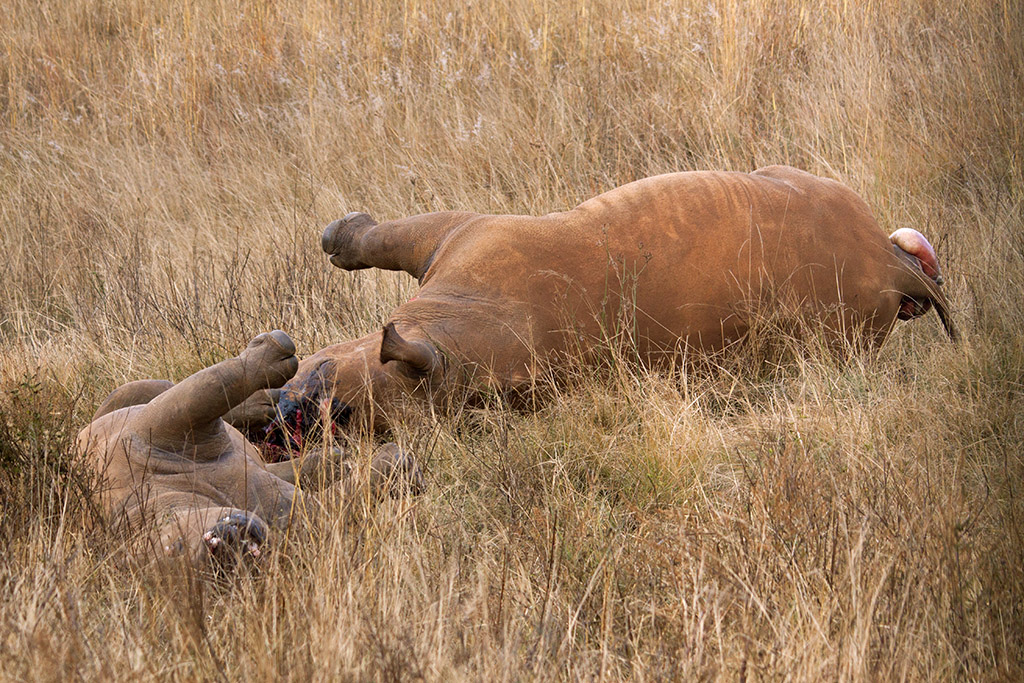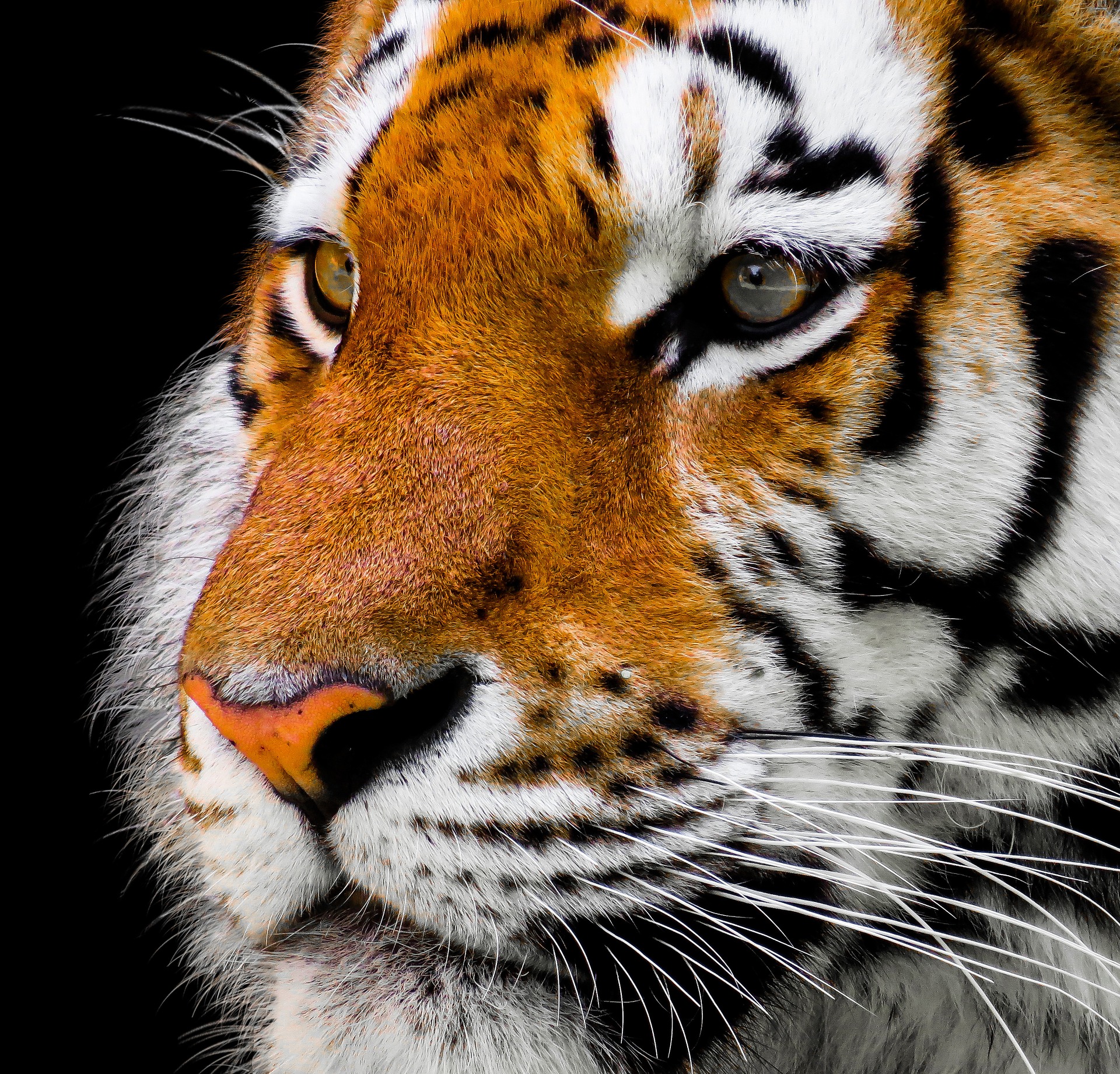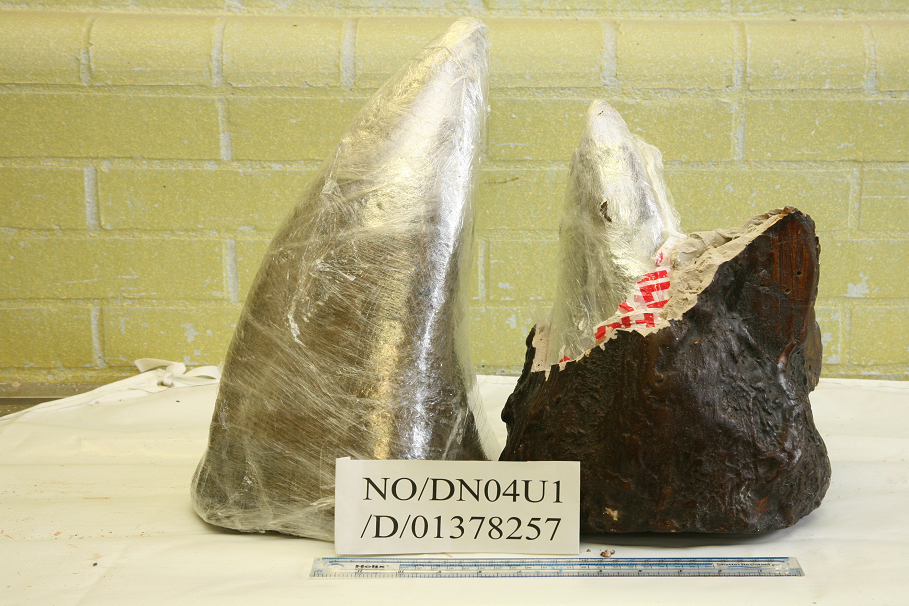Update: Following a Wave of Protests, China Postpones Lifting the Ban on the Use of Tiger and Rhino Parts
The use of rhino horn and tiger bone for medicinal uses was to be permitted again, which would have had a large impact on tiger and rhino endangerment.

UPDATE
Since this article was published, China has postponed the ban being lifted. This decision has come in the face of international outcry, and in a statement China has said that they are "dedicated to the cause of wildlife protection".
State Council Executive Deputy Secretary-General Ding Xuedong, did not explain for how long the ban would continue, but that the "three strict bans" will continue to be enforced: strictly ban the import and export of rhinos, tigers and their byproducts; strictly ban the sale, purchase, transport, carrying and mailing of rhinos, tigers and their byproducts; and strictly ban the use of rhino horns and tiger bones in medicine."
The WWF has responded, explaining that they "welcome the news that China has postponed lifting its ban on the domestic trade in rhino horn and tiger bone, signalling a positive response to international reaction. Allowing trade from even captive animals could have had devastating impacts on wild rhino and tiger populations. This move helps maintain the leadership role China has taken in tackling the illegal wildlife trade and reducing market demand."
ORIGINAL ARTICLE
“All five of the world’s diverse species of rhinoceros have been brought to the edge of extinction because of human appetite for their distinctive horns” says PBS Nature.
On October 29th, China released a statement allowing the trade of tiger and rhino products. According to Leigh Henry, the wildlife policy director at the World Wildlife Fund, “This new regulation replaces the outright ban on tiger bone and rhino horn trade which has been in place since 1993.”

The ban was originally put into place as a way to mitigate the rhino and tiger poaching crisis, which was contributing to the endangered status of both animals. With fewer than 30,000 rhinos and 3,900 tigers left in the wild, the possibility of those species going extinct is unfortunately, extremely high. According to Dr Jo Shaw, A Programme Officer with TRAFFIC, “A decade ago the first signs were on the horizon of the forthcoming rhino poaching crisis, but few then could have foreseen the magnitude and ramifications of what we face today. However, with the surging demand from Asia, people willing to pay high prices to get their hands on rhino horn, and little fear of capture by those smuggling horn, it was perhaps inevitable that this ‘commodity’ would catch the attention of the hardened criminal fraternity, creating a ‘perfect storm’ for rhino poaching and horn trade.”
"taken daily to keep illness at bay and restore vital energy rather than to treat specific symptoms"
Tiger bone and rhino horn have been used in Traditional Chinese Medicine as healing agents for the past 3,000 years. Tigers and rhinos are thought to have strong energy, which if used medicinally, will give strength and energy to the person receiving the medicine. According to Dr. Rebecca Drury of Flora and Fauna International, “In order to understand consumption of many traditional tonics, one also needs to understand more about Traditional Chinese and Vietnamese medicine. For example, these tend to be taken daily to keep illness at bay and restore vital energy rather than to treat specific symptoms, and wild-derived animals are considered to have stronger vital energy.”

Despite tiger and rhino bone being used in Traditional Chinese Medicine for the past 3,000 years, scientists today say there is no actual proven healing benefit from the products. PBS Nature says, “Overall there isn’t much evidence to support the plethora of claims about the healing properties of the (rhino) horns. In 1990, researchers at Chinese University in Hong Kong found that large doses of rhino horn extract could slightly lower fever in rats (as could extracts from Saiga antelope and water buffalo horn), but the concentration of horn given by a traditional Chinese medicine specialist are many many times lower than used in those experiments. In short, says Amin, you’d do just as well chewing on your fingernails.”
According to Leigh Henry with the World Wildlife Fund, “Tiger bone and rhino horn were removed from the official pharmacopoeia of Traditional Chinese Medicine after the 1993 ban on trade in these products was put in place. In 2010, the World Federation of Chinese Medicine Societies released a statement urging members not to use tiger bone or any other parts from endangered species.
Traditional Chinese Medicine, originating more than 3,000 years ago, includes an emphasis on the importance of being in balance with nature, as this balance contributes to our health and well-being. It is in this spirit that many TCM practitioners no longer endorse the use of rhino horn or tiger parts.

Despite the lack of scientifically-proven medical benefits, tiger bone and rhino horns are still highly valued around the world. TRAFFIC reports “at least 65 rhino horns have been stolen from public display within South Africa with similar thefts carried out in the US and in Europe.”
6,500 tigers live in China’s tiger farms, far outnumbering the roughly 3,900 remaining in the wild.
In a statement released by the World Wildlife Fund, “The new regulations say hospitals can obtain parts from captive facilities within China—excluding zoos—where tigers and rhinos are bred for commercial purposes. Experts estimate that more than 6,500 tigers live in China’s tiger farms, far outnumbering the roughly 3,900 remaining in the wild.
These “tiger farms” that the WWF refers to are legal farms in China that raise tigers for legal commercial sale of their skins. “The trade in tiger and rhino parts and products was prohibited in China. However, there was an exemption for tiger skins and their products obtained from legal sources, including from captive breeding, if permitted by the government, legally registered and accompanied by a certificate.” These legal farms are now permitted to sell and trade tiger bones as well as skins.
"this move risks causing confusion among consumers as to what products are legal or illegal"
The World Wildlife Fund is worried that China’s declaration allowing the use of tiger bone and rhino horn will spur a rise in poaching. “It is WWF’s position that the movement of tiger products from tiger farms into the marketplace (through legal or illegal channels) negatively impacts enforcement efforts directed against those who trade in tigers poached from the wild. This is of great concern given that poaching remains the greatest threat to conservation of the species at this time. The same concern exists regarding rhino horn trade and impact on conservation of rhinos in the wild. Equally, this move risks causing confusion among consumers as to what products are legal or illegal andcould expand the markets/demand for these products, which have thus far been in slow decline thanks, in large part, to the 1993 ban.”
The World Wildlife Fund is clear on their stance with this issue. “The unfortunate reality is that tiger farms in China have been growing in size for some time now, posing an increasing threat to tigers in the wild. This decision is a move in the opposite direction from where we believe China should go; maintaining the 1993 ban and setting a clear plan and timeline to close existing captive tiger breeding facilities used for commercial purposes.”





Comments ()